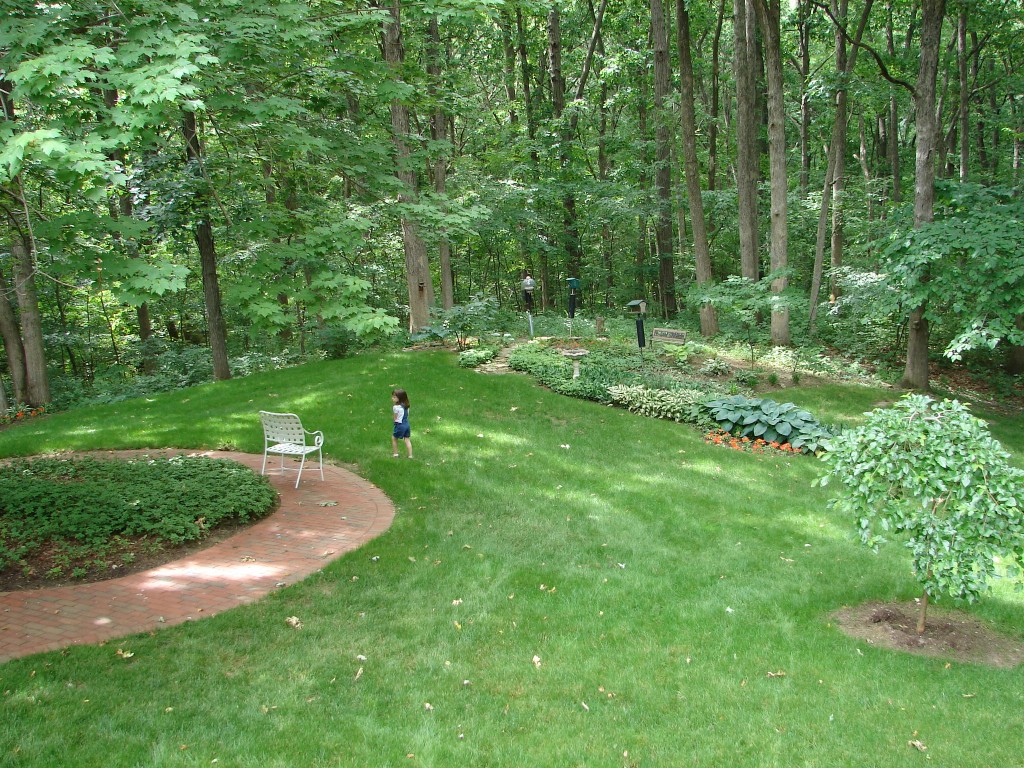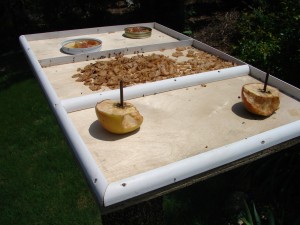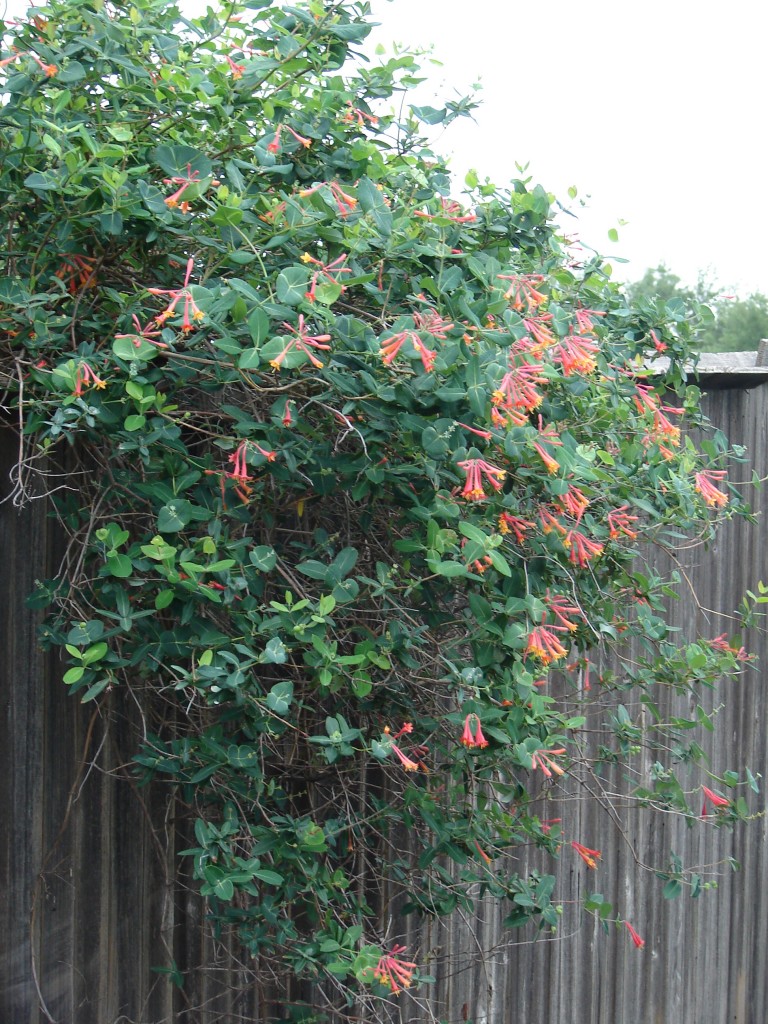May 8, 2009, National Public Gardens Day is a national day of celebration to raise awareness of America’s public gardens and their important role in promoting environmental stewardship and awareness, plant and water conservation, and education in communities nationwide. Click to visit the NPGD Facebook page and become a fan today! Click to download materials and artwork to promote NPGD at your garden.
 The Mission: Presented by the non-profit American Public Gardens Association (APGA) in partnership with Rain Bird, both are committed to celebrating the environmental stewardship of North America’s public gardens and their local, regional and national leadership in resourcing the nation’s conservation and environmental education needs.
The Mission: Presented by the non-profit American Public Gardens Association (APGA) in partnership with Rain Bird, both are committed to celebrating the environmental stewardship of North America’s public gardens and their local, regional and national leadership in resourcing the nation’s conservation and environmental education needs.
Scope: National Public Gardens Day celebrates all public gardens, botanical gardens, educational gardens, specialty gardens, entertainment gardens, arboreta, farm gardens, historical landscapes, and zoos and each institution participates in their own unique way.
Many of the nation’s public gardens will mark the day with special events and activities for schools, families and thousands of visitors to explore and discover their local public garden, while learning about each garden’s commitment to education, research and environmental stewardship.
Timing: National Public Gardens Day takes place annually on Mother’s Day weekend, an unofficial start of spring and a time when the environment is top of mind for most consumers.
Benefit: Public gardens are a fun activity for families, couples, and enthusiasts, providing a low-cost, entertaining, and beautiful community outing while providing important resources, education and research on environmental stewardship and conservation.
Rain Bird Corporation: As the leading manufacturer of irrigation products and services, Rain Bird’s support of National Public Gardens Day represents their strong commitment to the Intelligent Use of Water™ and the importance they instill in environmental preservation and landscape water conservation.
American Public Gardens Association: Founded in 1940 and with a growing list of over 500 garden members in all 50 states and eight other countries, the APGA is devoted to increasing garden cooperation and resourcing and raising public awareness of their environmental education, research, plant conservation, ecosystem management, species preservation and the efficient use of water.










 The Mission:
The Mission:
